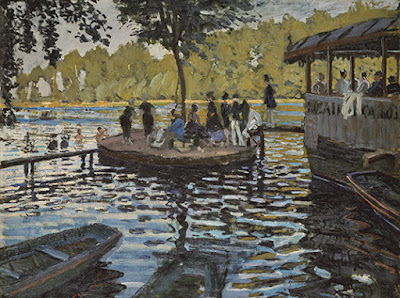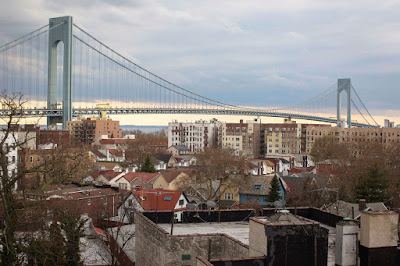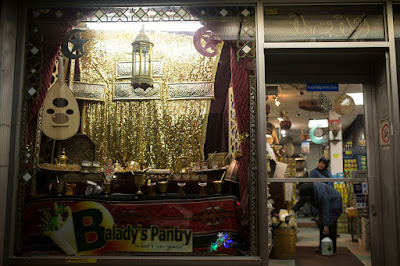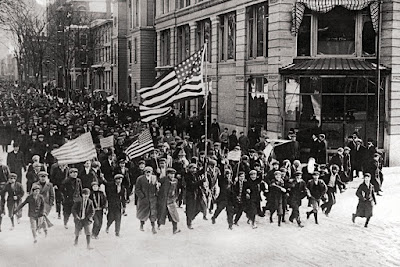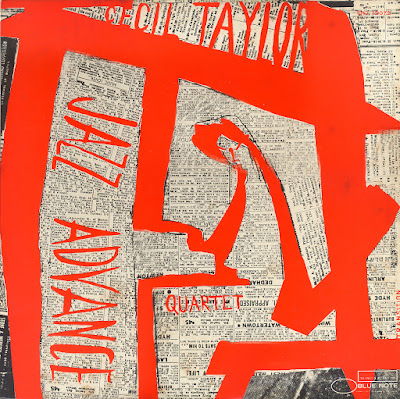
"The Transition label and the then new music of Cecil Taylor were perfectly matched, the rebellion in modern jazz was on in 1956, and the pianist was at the forefront. Though many did not understand his approach at the time, the passing years temper scathing criticism, and you can easily appreciate what he is accomplishing. For the reissue Jazz Advance, you hear studio sessions in Boston circa 1956, and the legendary, ear-turning set of 1957 at the Newport Jazz Festival. A young Steve Lacy is included on several tracks, and while revealing Taylor's roughly hewn façade, the few pieces as a soloist and with his trio of bassist Buell Neidlinger and drummer Dennis Charles are even more telling. ... With Jazz Advance, the revolution commenced, Taylor was setting the pace, and the improvised music world has never been the same. For challenged listeners, this LP has to be high on your must-have list."
allmusic
W - Jazz Advance
Guardian
Discogs
amazon, iTunes, Spotify
YouTube: Jazz Advance (1956) - Complete Album
2018 April: RIP, Cecil Taylor (1929-2018)








